Favourable market returns in June and the start of July witnessed many farmers moving lambs faster to take advantage of higher prices on offer. This had an effect on the average carcase weight of lambs with a lower volume of sheepmeat processed also helping to underpin demand. The lower average carcase weight of lambs was also influenced by lambs achieving lower than anticipated slaughter performance with this factor coming particularly under the spotlight in recent weeks.
The lower kill-out performance and inferior fat cover being reported by factories and farmers is limiting returns and, in the worst cases, delivering a substandard carcase for processing.
Reports in the last few days of farmers delaying drafting in response to lower prices on offer and letting lambs run into heavier weights may go some way in lifting the average carcase weight but it may not solve issues with slaughter performance.
Worst offenders
While reports vary significantly, the worst offenders appear to be lambs that have been freshly weaned with ram lambs generally the poorest performers. Issues are in some cases being heightened by some farmers who usually supplement opting not to feed meals in light of favourable weather and lambs failing to achieve desired weight gains.
The focus should remain on trying to maximise performance from grazed grass, but targeted use of concentrates may also be required. This will be farm-specific and influenced by the quality and quantity of grass on offer and the current condition of lambs. For example, some farmers have started to group strong ram lambs for preferential treatment in a bid to improve slaughter performance and put the farm in a better position to build grass supplies later in the season. Others have started to group lambs for transferring on to forage crops for four to five weeks’ feeding.
The most economic return from concentrate feeding at this early stage in the season is restricted over ad-lib feeding with an allocation of 300g to 600g (depending on lamb condition, grass supplies, grass quality, etc) the general recommendation.
There will also be a greater response from short-term feeding whereby lambs with a good frame and weighing 38kg to 40kg are introduced to meal feeding rather than starting to feed lambs as low as 30kg to 35kg. The latter will only result in meal bills quickly accumulating.
Performance monitoring
Slaughter performance is one metric of monitoring how lambs are doing. It is also important to know if lambs are hitting their target weight gain and this can only be achieved by regular weighing. Selecting a random sample of lambs, weighing and identifying with a permanent mark will allow daily liveweight gain to be monitored. It is important to repeat weighing in similar circumstances as factors such as gut-fill can have a big influence.
The target performance of lambs grazing good-quality grass is detailed in Table 1.

Good-quality grass is described as leafy swards where lambs are introduced to grass at the recommended height of 7cm to 9cm and removed before forcing lambs to graze lower quality material at the base of the sward. The advice is generally to move lambs on once the sward has been grazed to between 5cm and 6cm. Lambs can graze aftergrass or topped swards tighter while swards with an accumulation of poorer quality grass will sustain lower levels of performance.
Daily liveweight gain will also be influenced by utilisation and dry matter with huge variation in rainfall levels in recent weeks also likely to contribute to variation in performance.
Drafting decisions
All of the above factors should be taken into account when selecting the weight at which to draft lambs. Table 2 details the likely carcase weight of lambs at varying liveweights and kill-out percentages.
Current reports point to ram lambs lacking flesh killing as low as 40% or less, while fleshed ram lambs are killing 42% to 44%. Fleshed ewe and wether lambs finished off grass are killing anywhere of 43% to 46%. There are numerous factors with the potential to greatly influence the kill-out percentage, as follows:
Sex: ewe lambs and wether lambs will generally have a 1% to 2% higher kill-out percentage than entire males, especially as the season progresses. The difference can be even greater in aged ram lambs with large testicles and a large head.Breed: the sire and dam influence can greatly affect the kill-out percentage with continental lowland lambs achieving a higher kill-out than hill breeds at the same liveweight and finish. Type of feeding: meal-fed lambs and those finished on forage crops can kill 2% to 3% higher.Level of fatness and conformation: fatter lambs have a higher kill-out percentage than leaner lambs. For example, an R3 grade lamb can achieve a 1% to 2% higher kill-out than an R2 grade lamb. Similarly, a U or E grade lamb will generally kill better than an R grade lamb. Conditions at weighing: a lamb’s stomach content at live weighing will affect kill-out percentage with an empty stomach raising the kill-out percentage. The same will result from lambs with a very wet fleece or soiled tail-end. Some producers may also be weighing up if they should castrate ram lambs. Decisions should take into account the target market and grass quality and facilities on the farm and also the current age of lambs.
If lambs are aged and strong, then castrating is not a realistic option as it can set back lambs significantly.
In contrast, there is still probably lots of options for late-born lighter lambs.
If the target market is selling live, then it is worth considering what type of lambs command the best demand.
The upcoming Muslim festival of Eid al-Adha which takes place on 1 September is starting to generate some low-level demand for fleshed ram lambs but, outside of this, the best demand for finished lambs is usually for wether over ram lambs.
Regional differences
There are also regional differences if selling lambs as stores. In some areas, ram lambs are starting to be discounted in sales to the tune of €2 to €4, while as the season progresses some finishers that finish hill lambs indoors prefer rams over wether lambs.
Where male lambs are to be kept entire, they should be kept in a separate group.
Grazing ram lambs with ewe lambs will result in ram lambs wasting energy following ewe lambs that otherwise could be used for weight gain.
Favourable market returns in June and the start of July witnessed many farmers moving lambs faster to take advantage of higher prices on offer. This had an effect on the average carcase weight of lambs with a lower volume of sheepmeat processed also helping to underpin demand. The lower average carcase weight of lambs was also influenced by lambs achieving lower than anticipated slaughter performance with this factor coming particularly under the spotlight in recent weeks.
The lower kill-out performance and inferior fat cover being reported by factories and farmers is limiting returns and, in the worst cases, delivering a substandard carcase for processing.
Reports in the last few days of farmers delaying drafting in response to lower prices on offer and letting lambs run into heavier weights may go some way in lifting the average carcase weight but it may not solve issues with slaughter performance.
Worst offenders
While reports vary significantly, the worst offenders appear to be lambs that have been freshly weaned with ram lambs generally the poorest performers. Issues are in some cases being heightened by some farmers who usually supplement opting not to feed meals in light of favourable weather and lambs failing to achieve desired weight gains.
The focus should remain on trying to maximise performance from grazed grass, but targeted use of concentrates may also be required. This will be farm-specific and influenced by the quality and quantity of grass on offer and the current condition of lambs. For example, some farmers have started to group strong ram lambs for preferential treatment in a bid to improve slaughter performance and put the farm in a better position to build grass supplies later in the season. Others have started to group lambs for transferring on to forage crops for four to five weeks’ feeding.
The most economic return from concentrate feeding at this early stage in the season is restricted over ad-lib feeding with an allocation of 300g to 600g (depending on lamb condition, grass supplies, grass quality, etc) the general recommendation.
There will also be a greater response from short-term feeding whereby lambs with a good frame and weighing 38kg to 40kg are introduced to meal feeding rather than starting to feed lambs as low as 30kg to 35kg. The latter will only result in meal bills quickly accumulating.
Performance monitoring
Slaughter performance is one metric of monitoring how lambs are doing. It is also important to know if lambs are hitting their target weight gain and this can only be achieved by regular weighing. Selecting a random sample of lambs, weighing and identifying with a permanent mark will allow daily liveweight gain to be monitored. It is important to repeat weighing in similar circumstances as factors such as gut-fill can have a big influence.
The target performance of lambs grazing good-quality grass is detailed in Table 1.

Good-quality grass is described as leafy swards where lambs are introduced to grass at the recommended height of 7cm to 9cm and removed before forcing lambs to graze lower quality material at the base of the sward. The advice is generally to move lambs on once the sward has been grazed to between 5cm and 6cm. Lambs can graze aftergrass or topped swards tighter while swards with an accumulation of poorer quality grass will sustain lower levels of performance.
Daily liveweight gain will also be influenced by utilisation and dry matter with huge variation in rainfall levels in recent weeks also likely to contribute to variation in performance.
Drafting decisions
All of the above factors should be taken into account when selecting the weight at which to draft lambs. Table 2 details the likely carcase weight of lambs at varying liveweights and kill-out percentages.
Current reports point to ram lambs lacking flesh killing as low as 40% or less, while fleshed ram lambs are killing 42% to 44%. Fleshed ewe and wether lambs finished off grass are killing anywhere of 43% to 46%. There are numerous factors with the potential to greatly influence the kill-out percentage, as follows:
Sex: ewe lambs and wether lambs will generally have a 1% to 2% higher kill-out percentage than entire males, especially as the season progresses. The difference can be even greater in aged ram lambs with large testicles and a large head.Breed: the sire and dam influence can greatly affect the kill-out percentage with continental lowland lambs achieving a higher kill-out than hill breeds at the same liveweight and finish. Type of feeding: meal-fed lambs and those finished on forage crops can kill 2% to 3% higher.Level of fatness and conformation: fatter lambs have a higher kill-out percentage than leaner lambs. For example, an R3 grade lamb can achieve a 1% to 2% higher kill-out than an R2 grade lamb. Similarly, a U or E grade lamb will generally kill better than an R grade lamb. Conditions at weighing: a lamb’s stomach content at live weighing will affect kill-out percentage with an empty stomach raising the kill-out percentage. The same will result from lambs with a very wet fleece or soiled tail-end. Some producers may also be weighing up if they should castrate ram lambs. Decisions should take into account the target market and grass quality and facilities on the farm and also the current age of lambs.
If lambs are aged and strong, then castrating is not a realistic option as it can set back lambs significantly.
In contrast, there is still probably lots of options for late-born lighter lambs.
If the target market is selling live, then it is worth considering what type of lambs command the best demand.
The upcoming Muslim festival of Eid al-Adha which takes place on 1 September is starting to generate some low-level demand for fleshed ram lambs but, outside of this, the best demand for finished lambs is usually for wether over ram lambs.
Regional differences
There are also regional differences if selling lambs as stores. In some areas, ram lambs are starting to be discounted in sales to the tune of €2 to €4, while as the season progresses some finishers that finish hill lambs indoors prefer rams over wether lambs.
Where male lambs are to be kept entire, they should be kept in a separate group.
Grazing ram lambs with ewe lambs will result in ram lambs wasting energy following ewe lambs that otherwise could be used for weight gain.









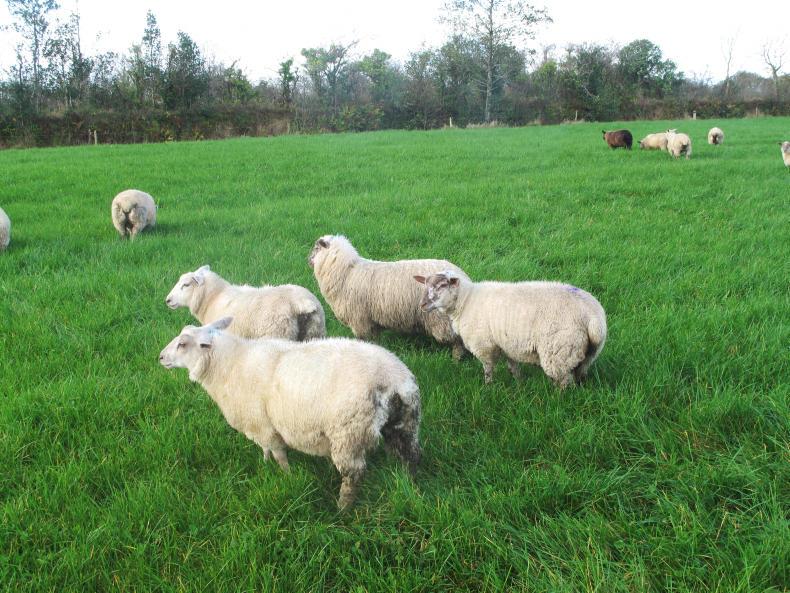
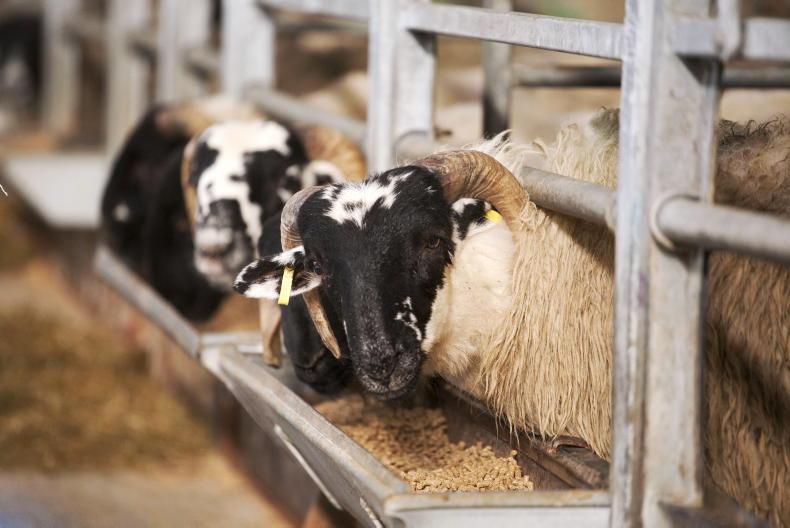

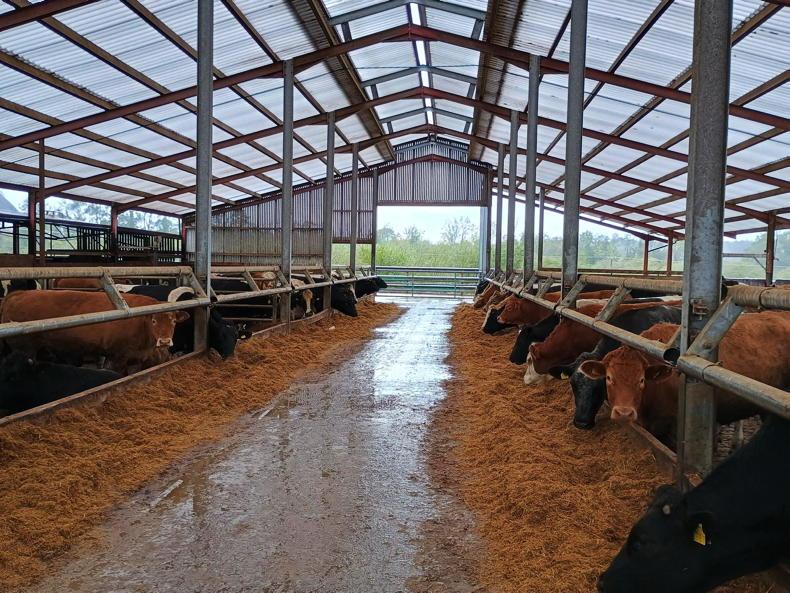
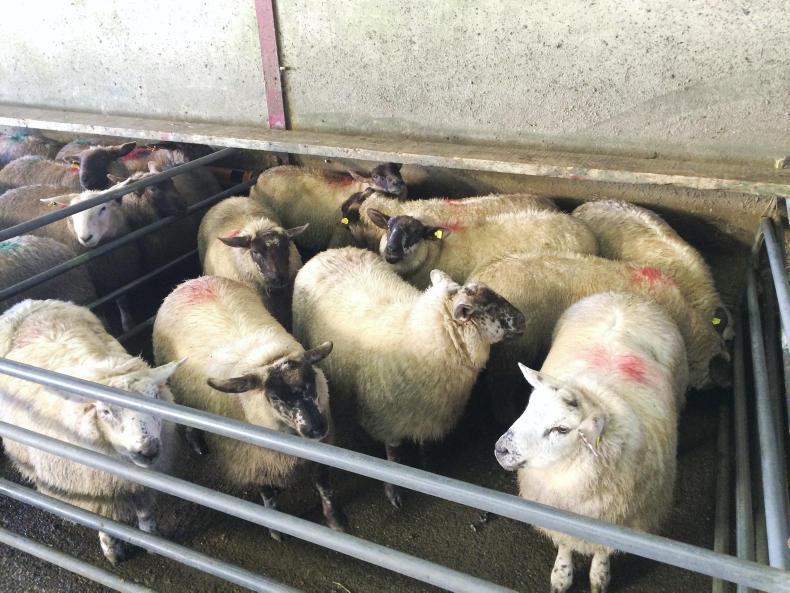
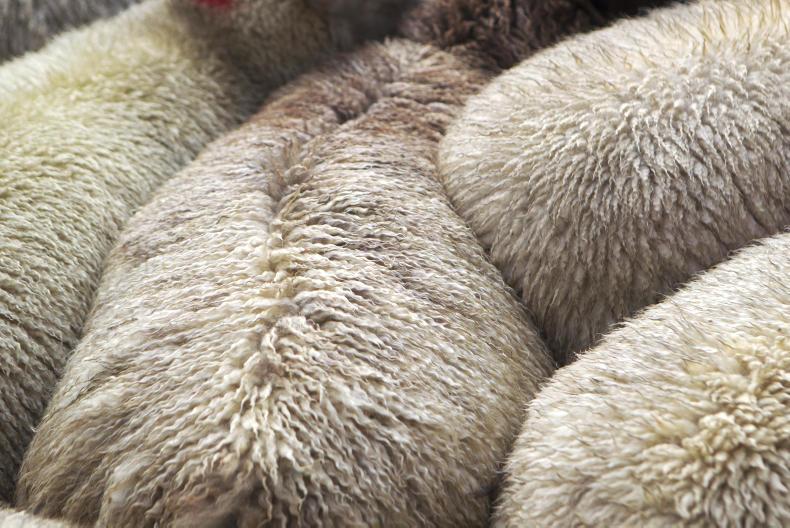
SHARING OPTIONS